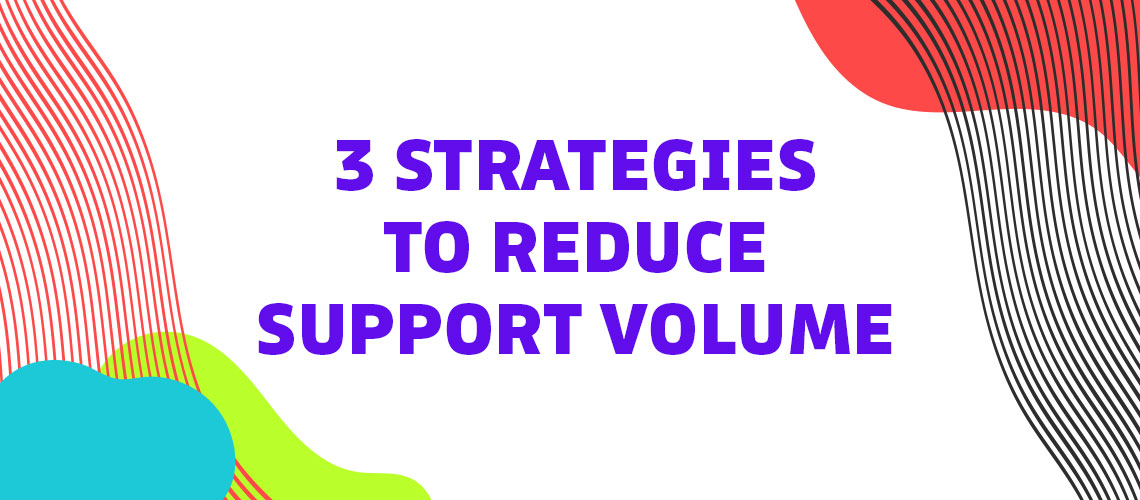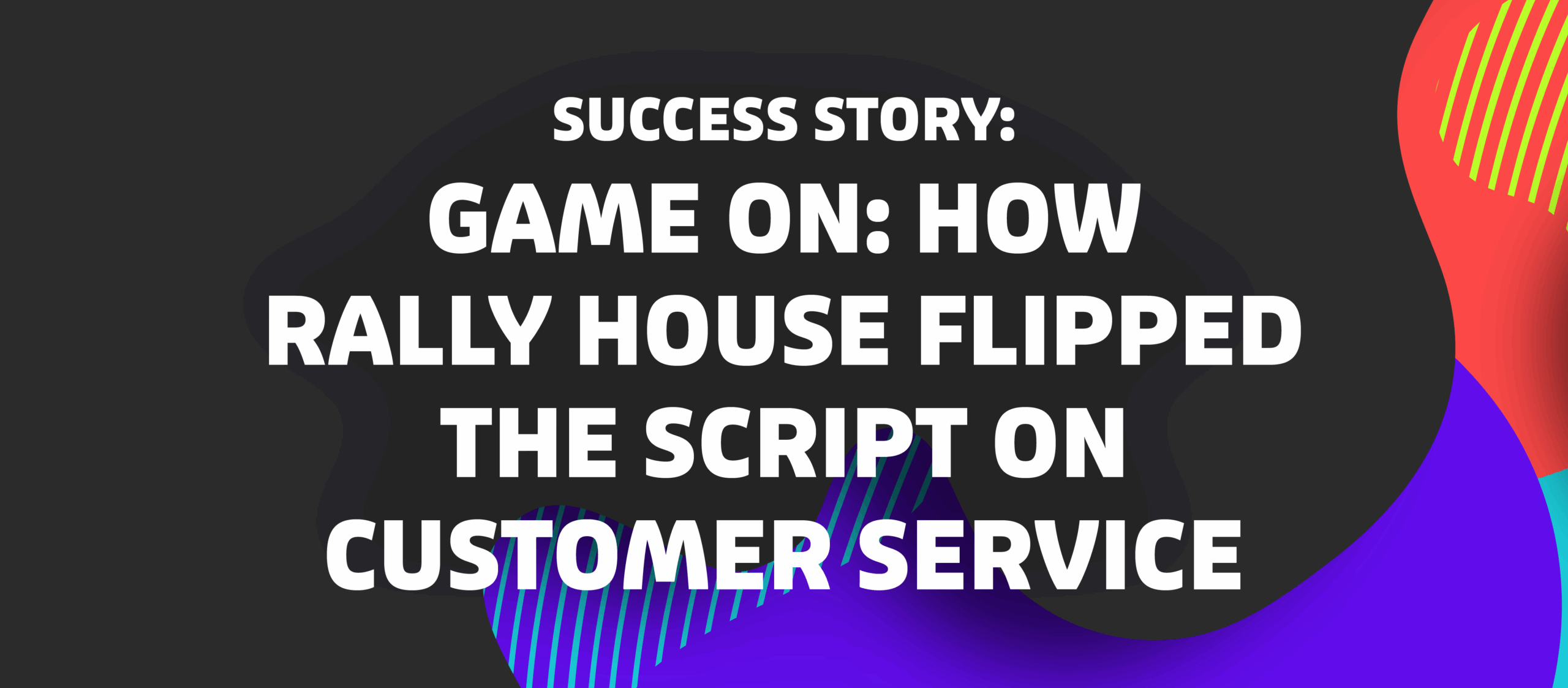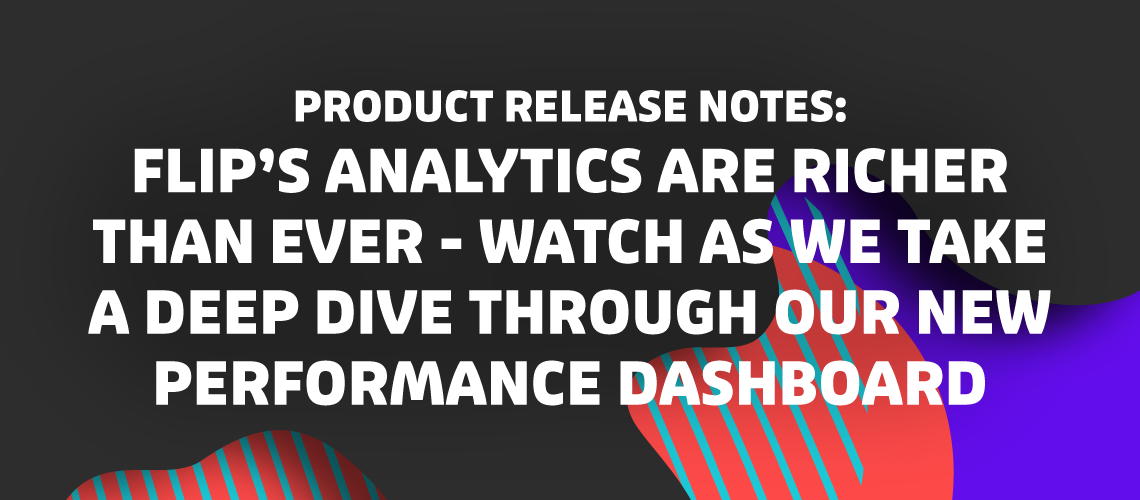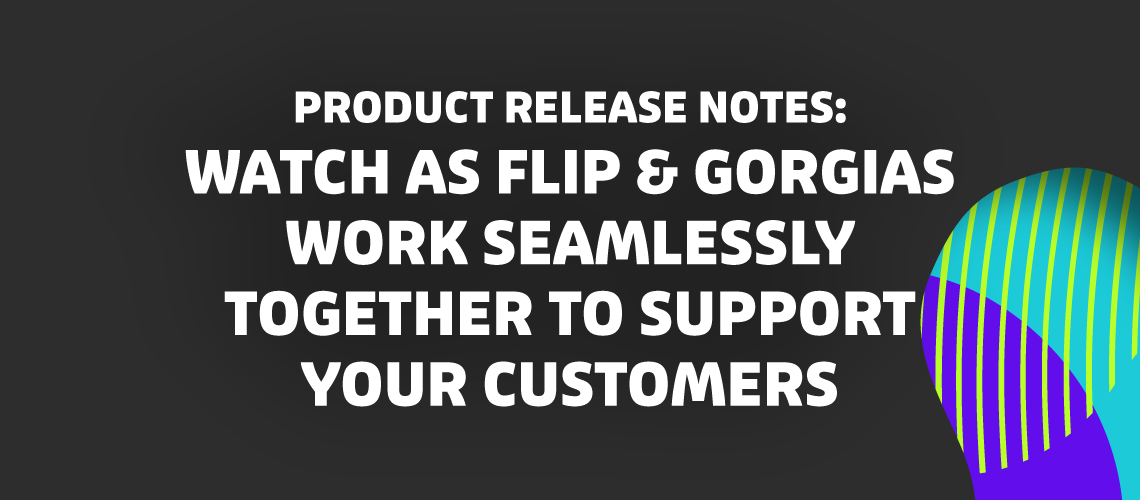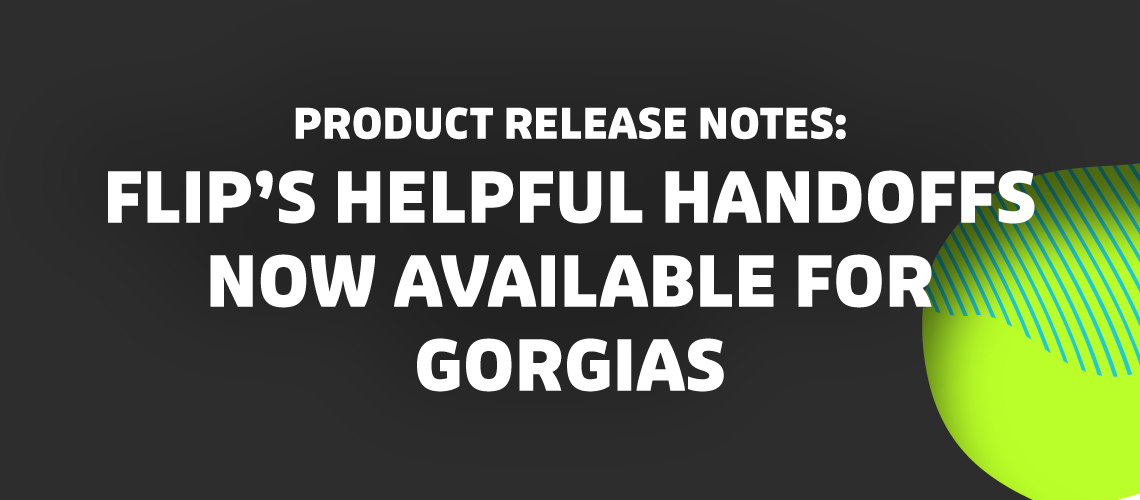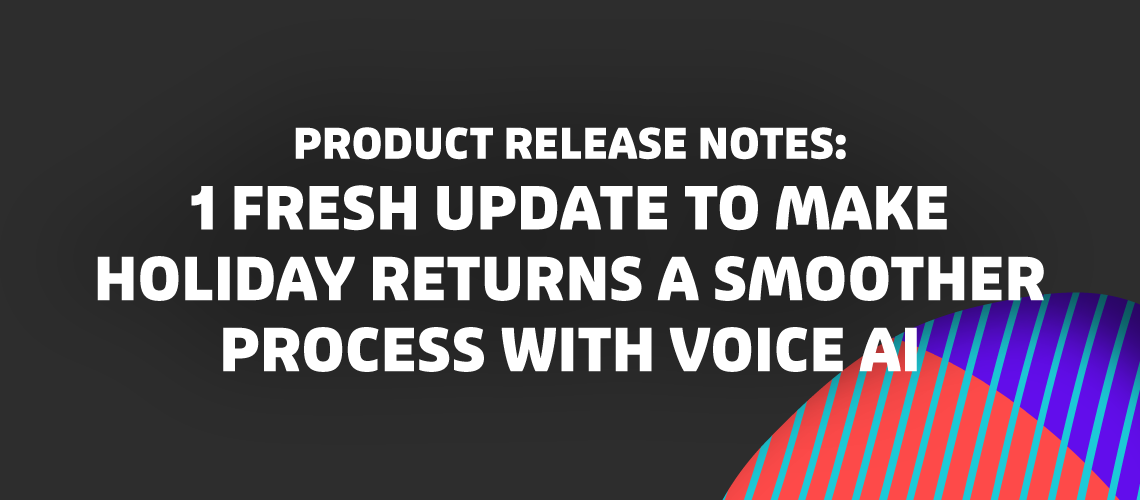Hey CX leaders 👋 Have you ever felt that stomach-twisting pain of hiding your phone number, restricting availability, or cutting staff when you really should be adding more? All in the name of eliminating ticket volume or managing your budget?
If you’ve read or watched our stuff and felt that pain, you’ve come to the right place. What’s going on under the hood is what we call The Capacity Problem. Customer experience & service leaders are constantly stuck between a rock and hard place – too many requests coming in, and not enough agents (and budget) to handle them. All problems, be it low CSAT, high agent turnover, long hold times, and so on tie back to this fundamental challenge.
But, there’s a remarkable thing happening in retail and ecommerce – solutions are emerging that actually solve The Capacity Problem (yes, we’re going caps). They collectively change the equation by successfully reducing the volume of contacts brands receive by half or more.
If you can solve The Capacity Problem, then you solve your customer experience problem. Brands leveraging these solutions don’t need to hide their phone numbers or restrict their hours. They don’t make customers wait on hold, and they don’t deal with nearly the same levels of agent turnover. With these solutions in place, the speed of resolution skyrockets, CSAT scores too, and missed calls plummet. This is how Brooklinen does it, and UNTUCKit, Pair Eyewear, GNC and more.
What are these tools & tactics you ask? Let’s dive in.
1 – AUTOMATION
Virtual Assistants (newer more evolved ‘bots’) can answer every customer immediately, understand their intent (reason for contacting), and directly resolve routine requests without agent involvement. Complex situations are identified and passed off to your team.
Strong vendors like Thankful for text-based channels and Flip for voice (yes, that’s us 🙂) are pre-integrated with your tech stack, trained for your intents, and easy to deploy. Quite simply, every interaction they automate is one where your customer got a quick resolution to their request without your team needing to touch it.
2 – INTENT-SPECIFIC TOOLS
By our latest count, 55% of all support requests are about one of the following: Order Status, Returns, or Loyalty.
Tools that address these specific business processes not only make them easier to manage on the backend, but also make them easier for customers to act on. When you use Aftership or Narvar (Order Status), Loop or Returnly (Returns), and Yotpo (Loyalty), support requests about these topics go down because customers are able to access the information or take the actions they need without contacting support. The classic, help the customer before they even think to contact.
3 -TALENT PARTNERS
Supplementing your internal team with an external staffing firm like Hire Horatio or Simplr means your support can be 24/7, omnichannel, and scale-up for the holidays, all without putting these additional sources of particularly challenging volume onto your internal team. They make it easy and affordable to add expert team members and will help you up-level your internal operation along the way.
For this strategy to work, the talent partners you choose need to be subject matter experts in your industry and know your tech stack.
TL;DR
When brands leverage these three strategies, the floodgates open. Metrics improve, everyone has room to breathe, and you’ve got quite a case for that raise or promotion or new strategic project you want to launch. It’s like biking downhill when you think about and attack it from the vantage point of The Capacity Problem.
Solve your Capacity Problem, solve your customer service problem. Now you can.
CURIOUS WHERE YOUR BRAND STACKS UP? ADD YOUR EMAIL BELOW AND WE’LL SEND YOU A CUSTOM REPORT DETAILING:
What tactics you’re leveraging from the customer’s POV
How you can reduce your ticket volume &
When is the optimal time to add new layers for a winning strategy 🥳


